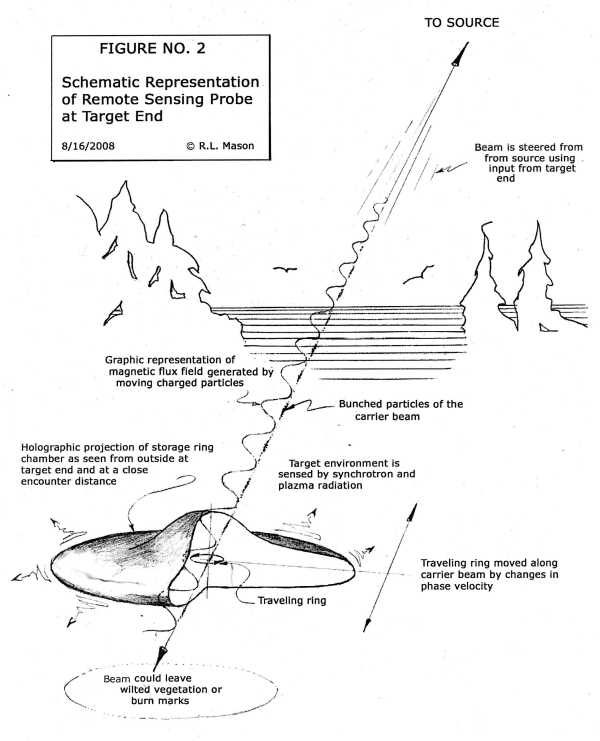In the realm of modern physics, particle accelerators stand as awe-inspiring citadels of scientific exploration. These magnificent machines, designed to propel charged particles to incredible velocities, facilitate experiments that unravel the intricate fabric of matter. However, a tantalizing question persists: Are particle accelerators dangerous? This inquiry invites a nuanced exploration of the risks and benefits associated with these powerful instruments.
The fundamental purpose of a particle accelerator is to collide particles at relativistic speeds, a process allowing physicists to probe the underlying principles governing the universe. From the discovery of the Higgs boson to investigations into dark matter, the contributions of particle accelerators to our understanding of the cosmos are monumental. But with such immense energy at play, one might wonder whether these collisions could unleash unforeseen hazards.
First and foremost, it is important to consider the safety mechanisms integrated into particle accelerators. Renowned facilities such as CERN’s Large Hadron Collider (LHC) employ a myriad of protective measures designed to safeguard both the experimenters and the surrounding environment. These include advanced containment structures and rigorous protocols, ensuring that any potential hazards are mitigated effectively. Nonetheless, the sheer scale and power involved introduce a spectrum of challenges.
One of the primary concerns revolves around radiation. Particle accelerators generate high-energy collisions that can produce various forms of radiation, including gamma rays and neutron emissions. While facilities are typically situated underground or shielded, the potential for accidental exposure remains a topic of scrutiny. Scientists are acutely aware of these risks, and extensive monitoring ensures that safety standards are consistently upheld. Still, public perception often amplifies fears surrounding radiation exposure, leading to misconceptions about the immediate dangers posed by particle accelerators.
Moreover, there arises the intriguing notion of micro black holes, a concept that has captured the imagination of many. Some theorists suggest that particle collisions could generate tiny black holes. However, the predominant hypothesis asserts that these hypothetical entities would evaporate almost instantaneously, a phenomenon predicted by Hawking radiation. Despite extensive debate within the scientific community, fears regarding the creation of stable micro black holes are largely unfounded. The inherent logic in these discourses reflects a multitude of possibilities inherent in fundamental physics and cosmic events.
The environmental implications of particle accelerators further complicate the dialogue regarding their potential dangers. The massive energies involved do not solely exist in vacuum; their operations can result in substantial energy consumption and environmental footprint. While efforts are continually made to enhance the energy efficiency of these facilities, the reality remains that they demand a considerable amount of resources. This aspect beckons a more profound environmental and ethical conversation regarding the relationship between scientific advancement and ecological stewardship.
Additionally, the topic of human experimentation within the context of particle acceleration must be approached with caution. Particle therapy, often used in treating cancer, harnesses the capabilities of accelerators to target tumors with precision. Although it represents a significant medical breakthrough, it also raises ethical concerns regarding patient safety and long-term effects of exposure to radiation. Vigilant oversight and ethics boards play pivotal roles in ensuring that the benefits outweigh the potential risks to patients undergoing such therapies.
Furthermore, international collaborations, such as those witnessed at the LHC, introduce complexities concerning regulatory measures across borders. Different countries possess varying standards for safety protocols, further complicating collective projects in high-energy physics. Negotiating these standards not only embodies scientific diplomacy but also reflects the intricate dance of global safety in the face of emergent technologies.
To counterbalance the perceived dangers, it is essential to recognize the profound significance of particle accelerators in advancing scientific knowledge. The discoveries made in these behemoth machines broaden our horizons, fostering innovations that permeate various fields, from medicine to material science. For instance, the technologies developed through particle physics research have guided advancements in imaging technologies, medical diagnostics, and even data processing techniques used in global communications.
The dialogue surrounding the dangers of particle accelerators is undoubtedly multifaceted. While it is imperative to acknowledge the inherent risks associated with their operation, the safeguards in place and the profound benefits they provide must also be weighed carefully. The pursuit of knowledge, particularly in the field of high-energy physics, necessitates a delicate balance between innovation and responsibility.
Ultimately, the question posed at the beginning—are particle accelerators dangerous?—cannot be answered with a simple affirmative or negative. Instead, it invites an ongoing discourse that challenges us to examine our understanding of science, safety, and the future of humanity’s quest for knowledge. As with many tools of immense potential, the responsibility lies not solely with the instruments themselves, but with the stewardship exercised by the scientists wielding them. The narrative of particle accelerators serves as a striking reminder of the duality of scientific inquiry: it harbors both the promise of enlightenment and the shadow of risk. Through continued vigilance and ethical consideration, we may yet navigate the complexities of this exhilarating and perilous frontier.












